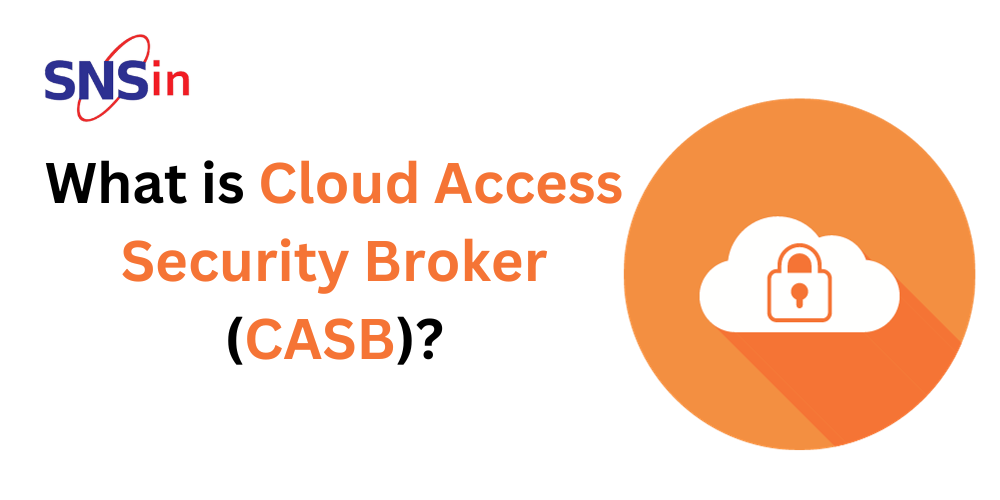What is Beacon Malware?
- Beacon Malware, a sneaky and deadly malware made to enter systems, steal confidential data, and keep clandestine communication with attackers.
- A malicious program called Beacon Malware or a “Beaconing Trojan” or Beacon, is created to create a covert communication channel between an infected device and a remote command-and-control (C2) server.
- Its main objective is to give attackers ongoing access to infected systems while avoiding detection.
- Beacon Malware prioritizes stealth in its operations.
- It concentrates on hiding for a long time, unlike traditional malware that may conduct damaging attacks or ransomware requiring urgent attention.
- It discreetly prowls on a hacked system, gathering data, smuggling it out, and waiting for orders from cybercriminals.
How Does Beacon Malware Work?
To understand better about Beacon Malware, let’s break down its functioning:
Infection
Beacon Malware generally enters a system through various attack vectors such as phishing emails, corrupted software downloads, or leveraging software flaws. Additionally, spear-phishing, and hijacked websites may be used to deliver it.
Silent Persistence
Beacon Malware’s main objective after entering a system is to build persistence. This is accomplished by creating a backdoor or “beacon” that interacts with a C2 server under the attacker’s control. It is difficult to identify this beaconing process because it occurs periodically. Hence it is undetectable.
Data Exfiltration
Beacon Malware may start data exfiltration, sending sensitive data to the attacker’s site, including login credentials, financial information, or intellectual property. Cybercriminals can exploit this stolen data for various nefarious purposes because it is valuable to them.
Command and Control
The Beacon Malware regularly monitors the C2 server for orders. These instructions could involve anything from downloading new malicious payloads to carrying out tasks on the infected system, including taking screenshots or logging keystrokes.
How to Protect Yourself from Beacon Malware?
Now that we know how sneaky Beacon Malware is, we must take preventative measures to safeguard the organizational data. The following are some essential tactics for protecting against beacon malware:
Keep The Software Updated
Regularly update your operating system, programs, and antivirus software. To spread malware, cybercriminals take advantage of flaws in out-of-date software. Decrease the attack surface of the systems by staying updated.
Use Strong Passwords
Use lengthy, distinctive passwords for all the accounts. It is wise to create and save strong passwords using password managers.
Enable Two-Factor Authentication (2FA)
Turn on 2FA for online accounts where applicable. Requiring a second verification step, such as an OTP offers additional protection.
Be Cautious When Using Email
Watch out for email links and attachments. Avoid downloading attachments from unidentified sources or reading questionable emails. Cybercriminals use phishing emails to spread Beacon Malware.
Implementing Robust Network Security Solutions
Use the latest Firewall Solutions with Security Subscriptions, Intrusion Prevention Systems, Email & Endpoint Protection Systems to monitor & protect the network from suspected activities. If possible, look at availing 24X7 SOC monitoring services. Also review and update your network security procedures often.
Regularly Backup Data
Data backups must be done periodically, and offline storage should be used for them. Having recent data backups could come in handy in the event of a ransomware attack or data breach.
Use Endpoint Detection & Response (EDR) Solutions
EDR solutions assists companies in identifying and countering sophisticated threats. They offer capabilities for alerting and real-time monitoring.
Network Segmentation
To prevent lateral attacker movement, segment your networks. By doing so, the effects of a Beacon Malware infection may be reduced.
Monitoring Outgoing Network Traffic
Keep an eye out for any indications of suspicious communication from unidentified or dubious IP addresses. Such communication is necessary for the operation of beacon malware.
Effective Incident Response Plan
Devise an incident response plan for your organization’s reaction to cybersecurity incidents. It could include the identification and elimination of Beacon Malware.
Conclusion
Beacon Malware is a stealthy, persistent menace that may cause havoc for companies. It is especially harmful since it stays dormant for longer periods.
Keep in mind that cybersecurity is a continuous process; awareness is essential. To protect businesses from Beacon Malware and other cyber threats, educate the Employees. Companies must invest in Cybersecurity Awareness Training Workshops to educate the Employees on their Cyber Responsibilities.
Implement robust Cybersecurity Solutions by collaborating with SNS India – a Trusted Security Partner for Email & Web Security, Firewall Security, Cybersecurity Awareness Training Workshops etc. Drop an email to [email protected]
Swathi
Author
Working IT professional and a Cyber Security enthusiast. Passionate to write about Cyber Security topics and Solutions. I share my insights as I study articles and trending topics in the field of Cyber Security.
![]()



